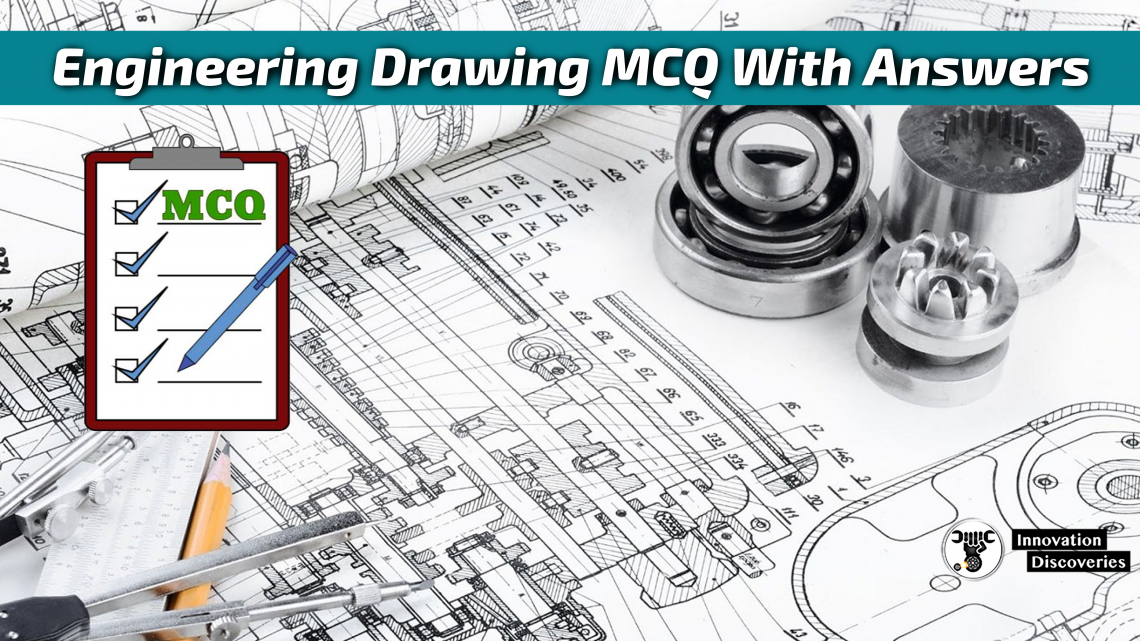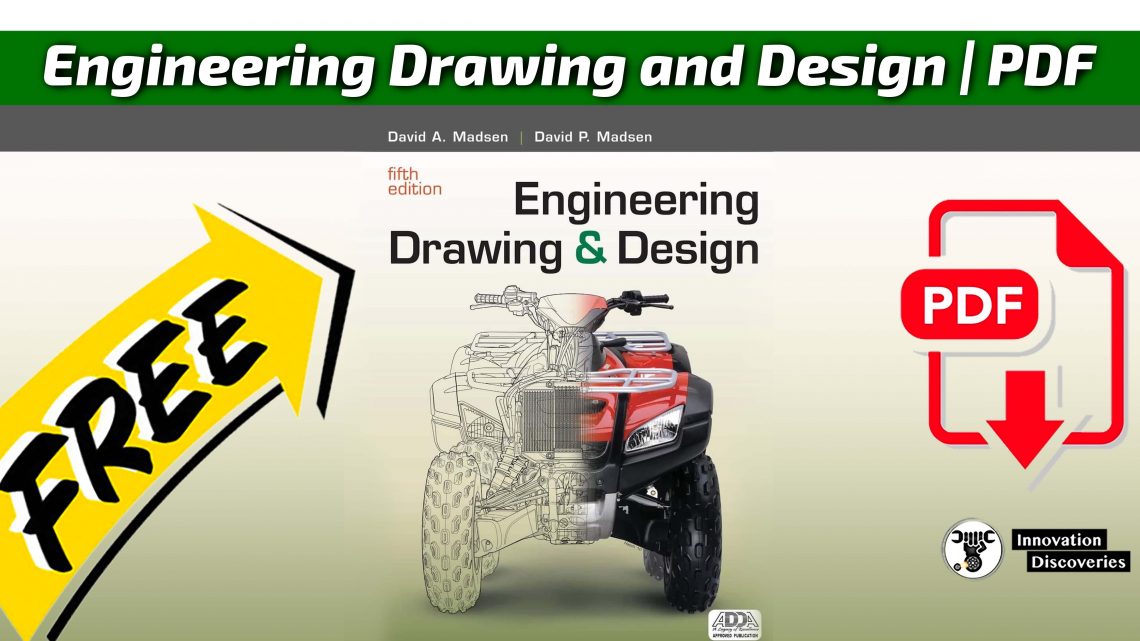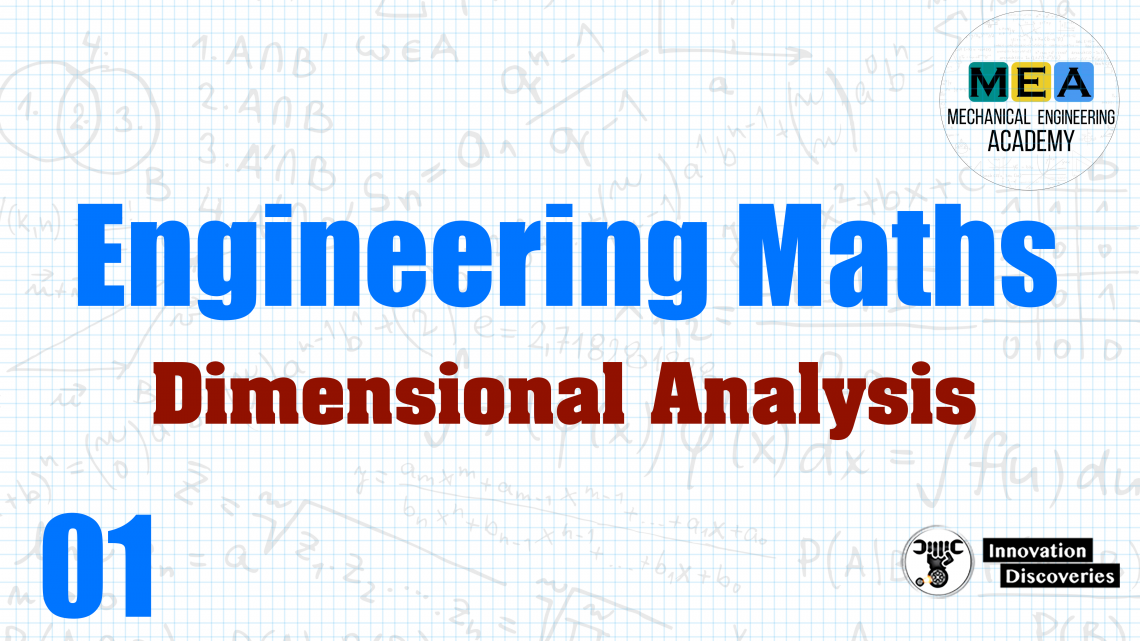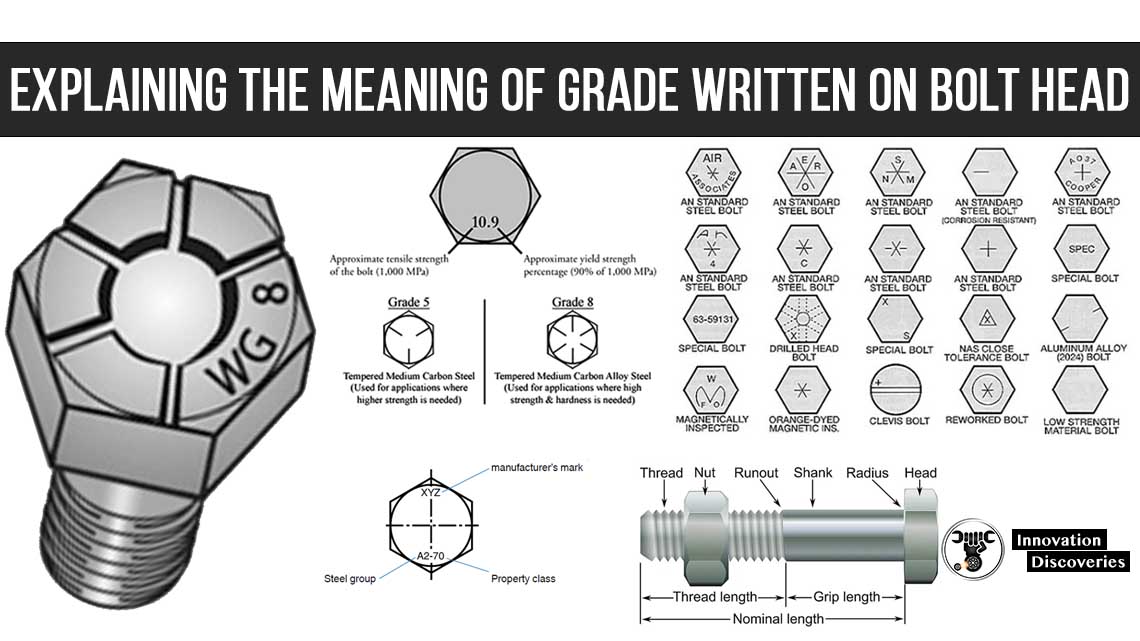
1. The following is not included in the title block of the drawing sheet
- Sheet No
- Scale
- Method of Projection
- Size of sheet
Ans: (4)
2. Which of the following represent reducing scale?
- 1:1
- 1:2
- 2:1
- 10:1
Ans: (2)
3. In first angle projection method, an object is assumed to be placed in
- First quadrant
- Second quadrant
- Third Quadrant
- Fourth quadrant
Ans: (1)
4. The following line is used for visible outlines
- Continuous thick
- Continuous thin
- Chain thin line
- Short zigzag thin
Ans: (1)
5. The following line is used for the dimension line
- Continuous thick
- Continuous thin
- Chain thin line
- Short zigzag thin
Ans: (2)
6. The dotted line represents
- Hidden edges
- Projection line
- Centreline
- Hatching line
Ans: (1)
7. Hatching lines are drawn at ___ degree to reference line
- 30
- 45
- 60
- 90
Ans: (2)
8. In aligned system of dimensioning, the dimensions may be read from
- Bottom or right-hand edges
- Bottom or left-hand edges
- Only from bottom
- Only from the left side
Ans: (1)
9. The Length: Width in the case of an arrowhead is
- 1:1
- 2:1
- 3:1
- 4:1
Ans: (3)
10. Metric thread of 10mm diameter is represented by
- 10M
- M10
- M^10
- None of the above
Ans: (2)
11. The internal angle of a regular pentagon is ___ degree.
- 72
- 108
- 120
- 150
Ans: (1)
12. The internal angle of a regular hexagon is ___ degree.
- 72
- 108
- 120
- 150
Ans: (3)
13. ‘Representative fraction’ (RF) is defined as
- Length of an object in the drawing / Actual length of the object
- Length of an object in the drawing / Isometric length of the object
- The actual length of the object / Length of an object in the drawing
- Isometric length of the object / Length of an object in the drawing
Ans: (1)
14. A line of 1 meter is shown by 1cm on a scale. Its Representative fraction (RF) is
- 1
- 100
- 1/100
- 1/50
Ans: (3)
15. A point ‘P’ is above Horizontal Plane (HP) and in front of the Vertical Plane (VP). The point is in
- First quadrant
- Second quadrant
- Third quadrant
- Fourth quadrant
Ans: (1)
16. The side view of an object is drawn in
- Vertical plane
- Horizontal plane
- Profile plane
- Any of the above
Ans: (3)
17. When the line is parallel to both Horizontal Plane (HP) and Vertical Plane (VP), we can get its true length in
- Front view
- Top view
- Both ‘a’ and ‘b’
- Side view
Ans: (3)
18. When the line is parallel to VP and perpendicular to HP, we can get its true length in
- Front view
- Side view
- Both ‘a’ and ‘b’
- Top view
Ans: (3)
19. The following method(s) is used to find the true length and true inclination of a line when its front view and top view are given
- Rotation method
- Trapezoidal method
- Auxiliary plane method
- All of the above
Ans: (4)
20. The front view of a rectangle, when its plane is parallel to HP and perpendicular to VP, is
- Rectangle
- Square
- Line
- Point
Ans: (3)
21. Which of the following position is not possible for a plane?
- Perpendicular to both HP and VP
- Parallel to both HP and VP
- Perpendicular to HP and parallel to VP
- Perpendicular to VP and parallel to HP
Ans: (2)
22. The following are the Polyhedron except
- Prism
- Pyramid
- Cube
- Cylinder
Ans: (4)
23. The following are the Solids of revolution except
- Prism
- Sphere
- Cone
- Cylinder
Ans: (1)
24. If a solid is cut by a cutting plane parallel to the base of the solid and top part is removed, the remaining part is called
- Frustum of a solid
- Truncated solid
- Oblique solid
- None of the above
Ans: (1)
25. A right regular hexagonal prism in resting on HP on its base, its top view is a
- Square
- Rectangle
- Hexagon
- Pentagon
Ans: (3)
DOWNLOAD PDF


READ MORE:
Visit Forum
Visit Our Friendly Website








